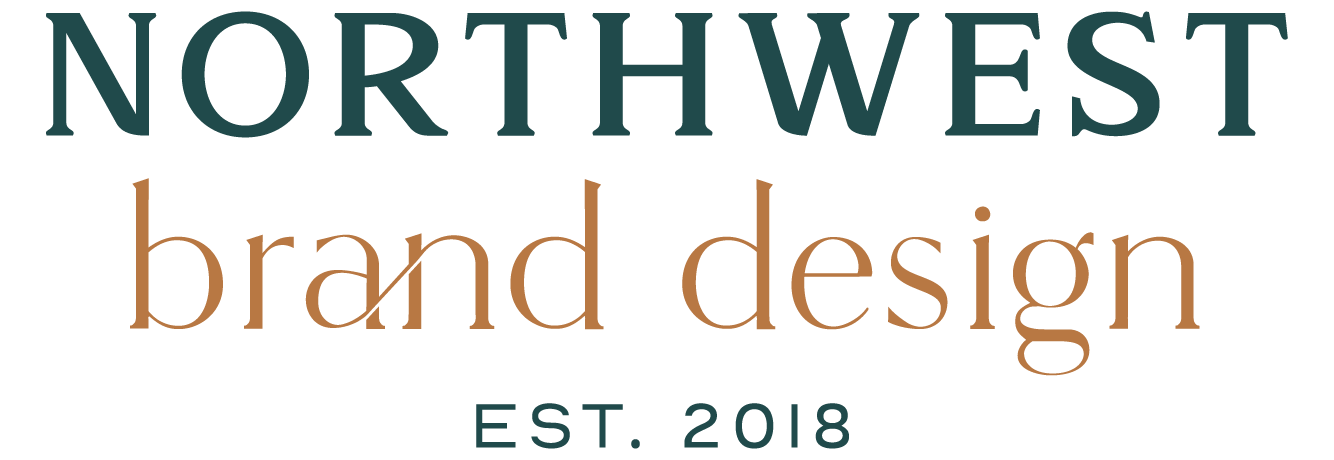RGB, CMYK—WTF?!; Colors and how to use them
In the design world, whether you’re in the print or digital space, chances are you’re obsessed with color. Every designer waits with bated breath for Pantone to release their color of the year, takes photos in our daily travels to swatch from later, and trolls online collectives to assemble a library of palettes at our fingertips for every project. We live for color. Additionally, and equally as prevalent—we ALL live in the perpetual hell that is not only finding a color palette that our clients love, but can also successfully translate across print and digital platforms.
You may think:
“What's the big deal? Yellow is yellow, red is red, and so on! Surely these designers are being dramatic creatives!”
But the approval of a color palette doesn’t just mean a color selection. It also means ensuring that the colors have been fully vetted in all their forms: Spot color inks, 4 color process (or CMYK) breakdowns, or in web format– RGB breakdowns and HEX codes.
Confused? Understandable. Let’s review what these terms mean:
Spot colors
Pantone is king in the color world, and most spot color inks in commercial printing come from their foundry. Spot color printing uses solid pre-mixed inks that are assigned an individual color and name. Designers and printers in different locations can use these codes to identify the same exact color. When printing, the printer will make plates and layer each ink individually to create the final design.
CMYK or Process Printing
CMYK stands for four ink colors: Cyan (Blue), Magenta, Yellow, and Key (Black). The press applies various amounts of these colors in layers in order to produce the larger scale of colors that a project contains. This process is commonly referred to as full color printing, four color printing/process, 4CP, or process printing. Most commonly this process is used for designs of photographs with a variety of colors.
RGB
RGB stands for Red, Green, and Blue. This color scheme is present with electronic displays (Computers, LCD monitors, digital camera, scanners, etc.). This color mode combines these primary colors in various degrees to produce the colors present in the design. Colors in RGB form tend to be more vibrant than CMYK, which is why often some conversion is needed between the two formats to ensure that a brand color is appearing the same across platforms.
HEX
HEX codes are a system used in coding (HTML, CSS, and SVG formats) that reference a specific color. Like Pantone color codes, this allows any designer or developer to pull the exact color while working on a project without confusion. These color codes display as RGB colors, and are basically a shortcode to tell the code what to pick up.
The takeaway
The importance of using the right colors goes beyond the right code or indicator. It is how you keep your brand consistent across all assets. For example, the red on your business card is the same as the website you’re directing traffic to, and matches the sign in the storefront clients will come to visit in-person after vetting your online presence. Can’t forget apparel either. With the right color breakdowns, team members in the store match the signage on the walls, and give your clients a cohesive look and brand experience. It seems like such a simple thing, but when branded elements are cohesive it not only increases brand recognition, but brand loyalty and trust. By putting your best foot (or color) forward, your customers will be more likely to engage with your services.
Hopefully this helps, and gives you some insight as to why your designers are always going crazy over color. If you have any more questions, please reach out to us at hello@nwbranddesign.com.


